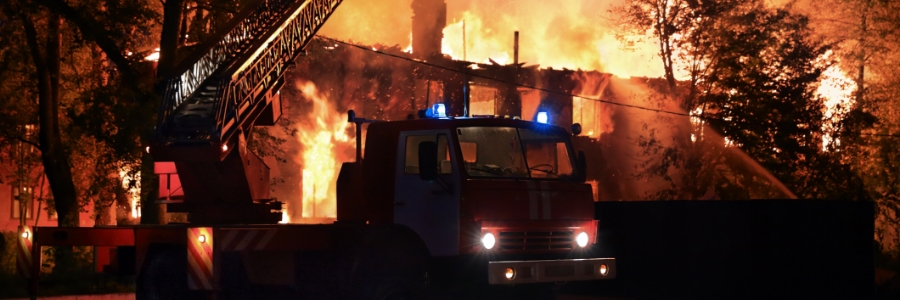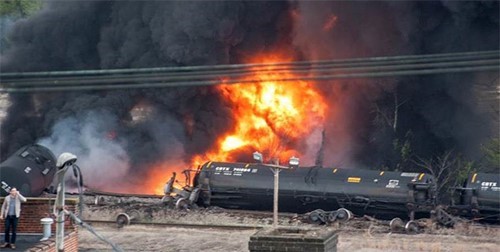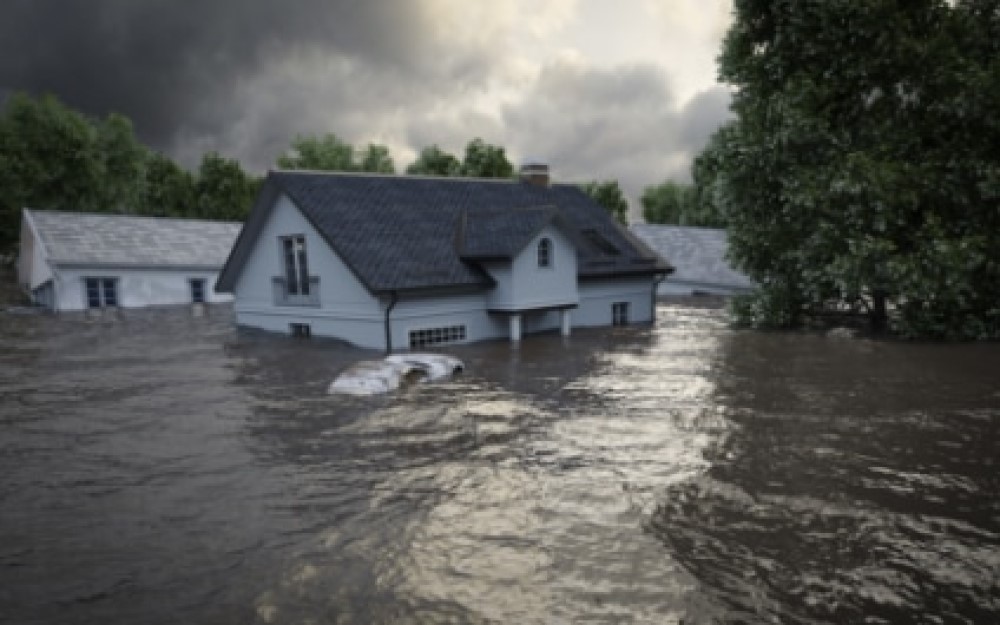After natural disasters strike, communities are often left reeling with what to do next. When recovery and cleanup efforts begin it is important to maintain safety as a priority. Floods specifically create many safety hazards. Personnel should be aware of hazards, such as electrocution, gas leaks, carbon monoxide poisoning, and mold growth.
Lessons Learned from Recent HAZMAT Incidents

Lessons learned from recent incidents such as the West Fertilizer Company (WFC) explosion and the Tianjin China port explosion reveal the need for more comprehensive pre-incident planning. While the 2015 NFPA 1620 Standard on Pre-incident Planning was updated after the WFC incident, it comes up short on details for how communities gather relevant data on hazards, conduct a risk analysis and inform the local community of the hazards pre-incident, as well as engage in crisis communications.
Prepare for Critical Infrastructure Protection and Mass Gatherings

Lessons learned from recent incidents such as the explosion at the Tianjin port in China port, the Daesh attacks on critical infrastructure such as the Zaventem Airport in Brussels, and the Hajj stampede in Mina, Kingdom of Saudi Arabia reveal the need for continued professional development among emergency management officials and the need to implement best practices before, during and after incidents.
Pre-Incident Planning: The Most Important Step in Hazmat Preparedness
FEMA-Certified HazMat Training
Rail Incident Response Planning

Shipping commodities by rail is an extremely cost-effective means of transportation compared with trucking. Additionally, shipping commodities by rail has proven to be safer than shipping by truck. The Bureau of Transportation Statistics (BTS) states that there were 15,289 highway incidents in 2017. Despite the safety and security systems in place, there were still 471 derailments resulting in releases of Hazardous Materials (HazMat) in 2017, according to the BTS.



